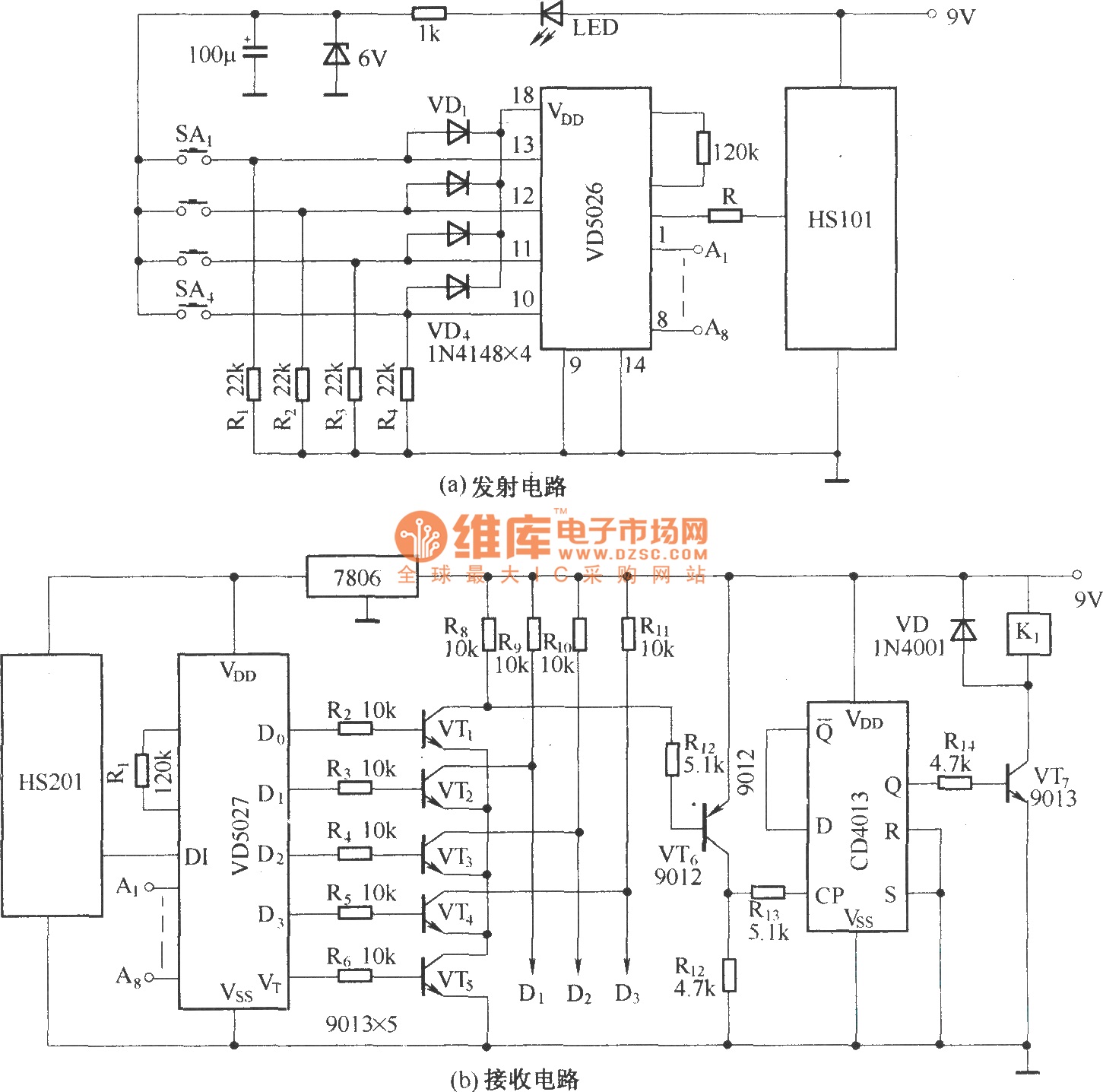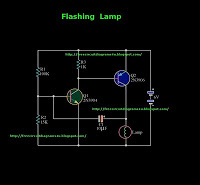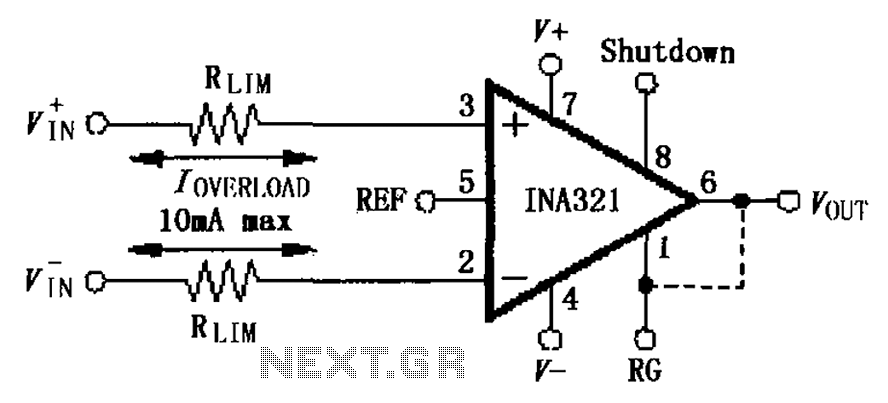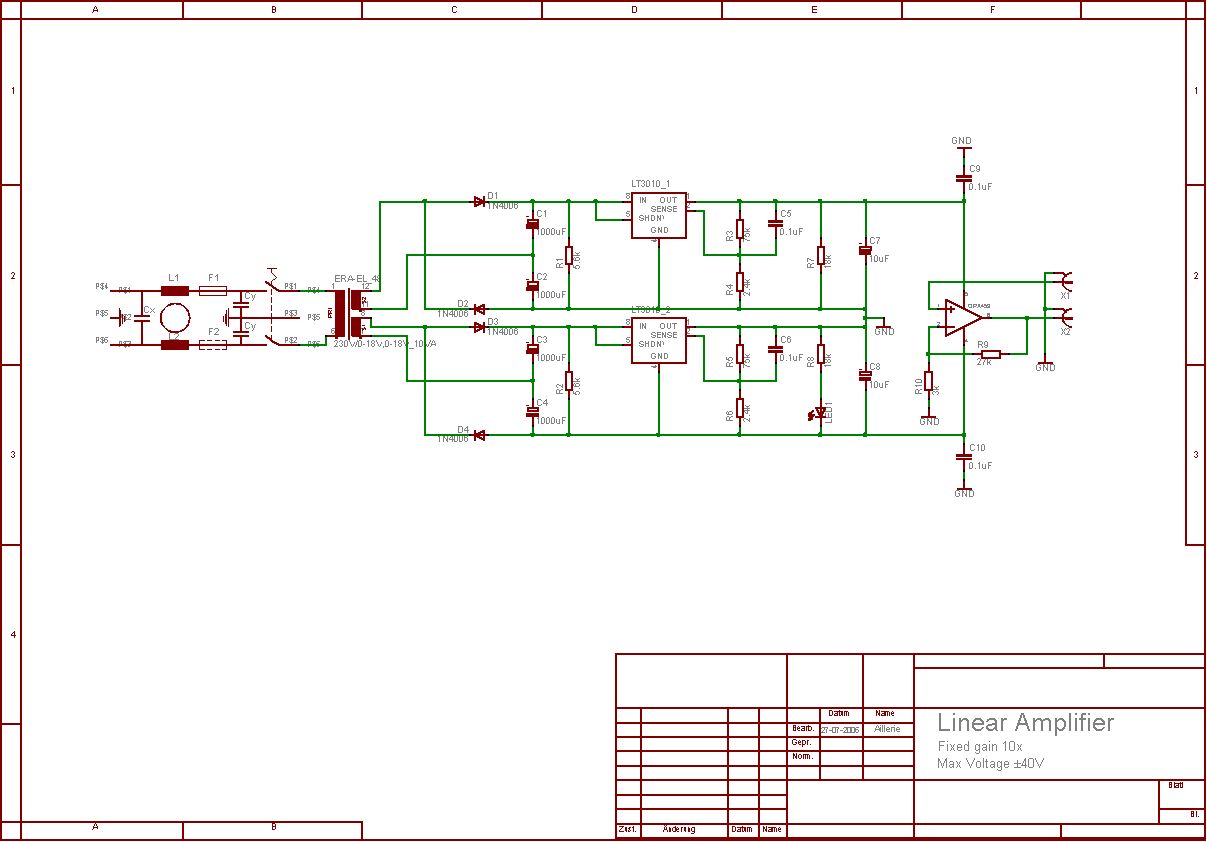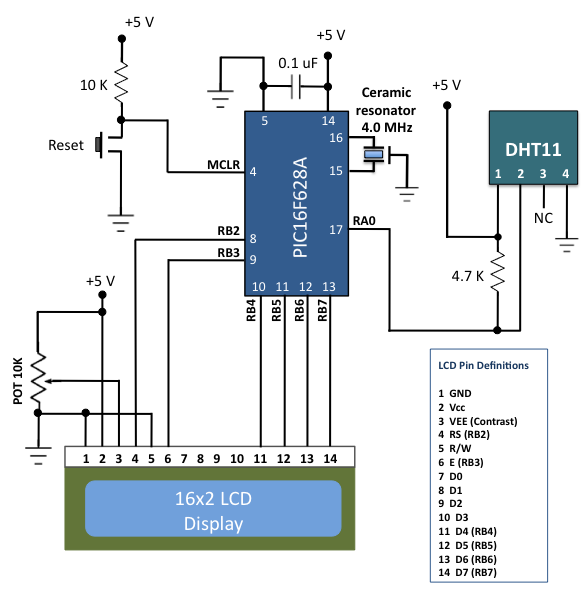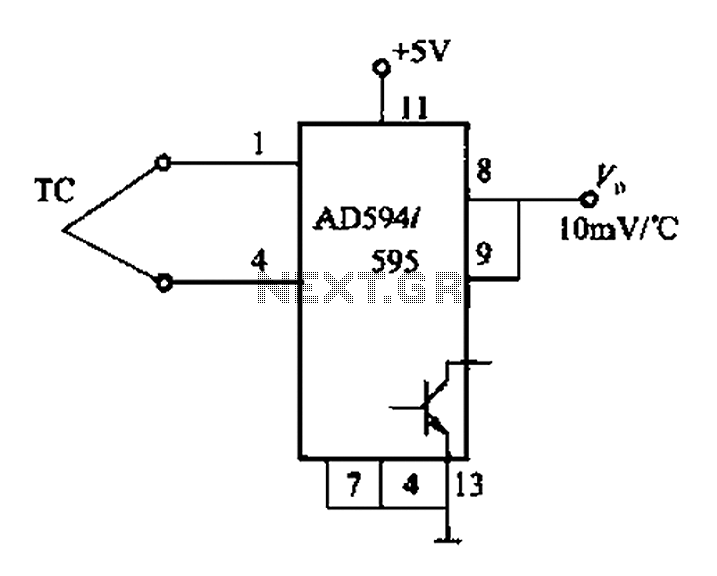
Capacitive Sensor Circuit
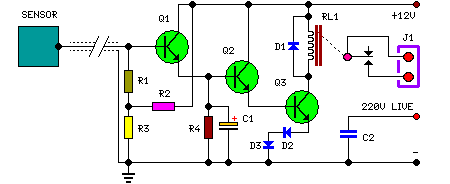
The purpose of this circuit is to animate shop windows using a capacitive sensor positioned behind a postcard-like banner. The card is placed against the glass inside the shop window, allowing visitors to activate the relay by placing their hand on the card from the outside. This circuit is particularly suitable for toy stores, as it can activate model trains, small electric racing cars, lights, and more. Further applications are left to the user's imagination. It can be adapted to enhance the visual impact of shop windows during the upcoming Christmas season.
The circuit employs a capacitive sensing method, which detects changes in capacitance when a hand approaches the sensor. The capacitive sensor is connected to a microcontroller or a dedicated IC designed for touch detection. When the sensor detects the presence of a hand, it sends a signal to a relay module. The relay acts as a switch that can control various devices, such as lights or small motors, enabling them to operate in response to user interaction.
For optimal performance, the circuit should include a power supply that matches the voltage requirements of both the capacitive sensor and the relay. A typical configuration might use a 5V or 12V power supply, depending on the components used. The relay should be rated for the electrical load of the devices it will control, ensuring safe operation.
In addition to the basic components, it may be beneficial to include a debounce circuit to prevent false triggering caused by noise or rapid changes in capacitance. This can be achieved through software algorithms in the microcontroller or using additional hardware components like capacitors and resistors.
The placement of the capacitive sensor behind the banner is crucial for effective operation. The banner material should allow for sufficient capacitive coupling while maintaining an aesthetically pleasing appearance. Transparent or semi-transparent materials are preferred to ensure that the animation is visible and engaging to passersby.
This circuit can be further enhanced with features such as adjustable sensitivity settings, LED indicators to show when the circuit is active, or even sound modules to add audio effects when the relay is triggered. Such enhancements can significantly increase user engagement and create a memorable shopping experience.The purpose of this circuit is to animate shop-windows by means of a capacitive sensor placed behind a post-card-like banner. The card is placed against the glass inside the shop-window, and the visitor can activate the relay placing his hand on the card, from the outside.
Especially suited for toy-shops, the circuit can activate model trains, small electric racing cars, lights etc. Further applications are left at user`s imagination. Adopt it to increase the impact of your shop-window on next Christmas season!.. 🔗 External reference
The circuit employs a capacitive sensing method, which detects changes in capacitance when a hand approaches the sensor. The capacitive sensor is connected to a microcontroller or a dedicated IC designed for touch detection. When the sensor detects the presence of a hand, it sends a signal to a relay module. The relay acts as a switch that can control various devices, such as lights or small motors, enabling them to operate in response to user interaction.
For optimal performance, the circuit should include a power supply that matches the voltage requirements of both the capacitive sensor and the relay. A typical configuration might use a 5V or 12V power supply, depending on the components used. The relay should be rated for the electrical load of the devices it will control, ensuring safe operation.
In addition to the basic components, it may be beneficial to include a debounce circuit to prevent false triggering caused by noise or rapid changes in capacitance. This can be achieved through software algorithms in the microcontroller or using additional hardware components like capacitors and resistors.
The placement of the capacitive sensor behind the banner is crucial for effective operation. The banner material should allow for sufficient capacitive coupling while maintaining an aesthetically pleasing appearance. Transparent or semi-transparent materials are preferred to ensure that the animation is visible and engaging to passersby.
This circuit can be further enhanced with features such as adjustable sensitivity settings, LED indicators to show when the circuit is active, or even sound modules to add audio effects when the relay is triggered. Such enhancements can significantly increase user engagement and create a memorable shopping experience.The purpose of this circuit is to animate shop-windows by means of a capacitive sensor placed behind a post-card-like banner. The card is placed against the glass inside the shop-window, and the visitor can activate the relay placing his hand on the card, from the outside.
Especially suited for toy-shops, the circuit can activate model trains, small electric racing cars, lights etc. Further applications are left at user`s imagination. Adopt it to increase the impact of your shop-window on next Christmas season!.. 🔗 External reference
Warning: include(partials/cookie-banner.php): Failed to open stream: Permission denied in /var/www/html/nextgr/view-circuit.php on line 713
Warning: include(): Failed opening 'partials/cookie-banner.php' for inclusion (include_path='.:/usr/share/php') in /var/www/html/nextgr/view-circuit.php on line 713
